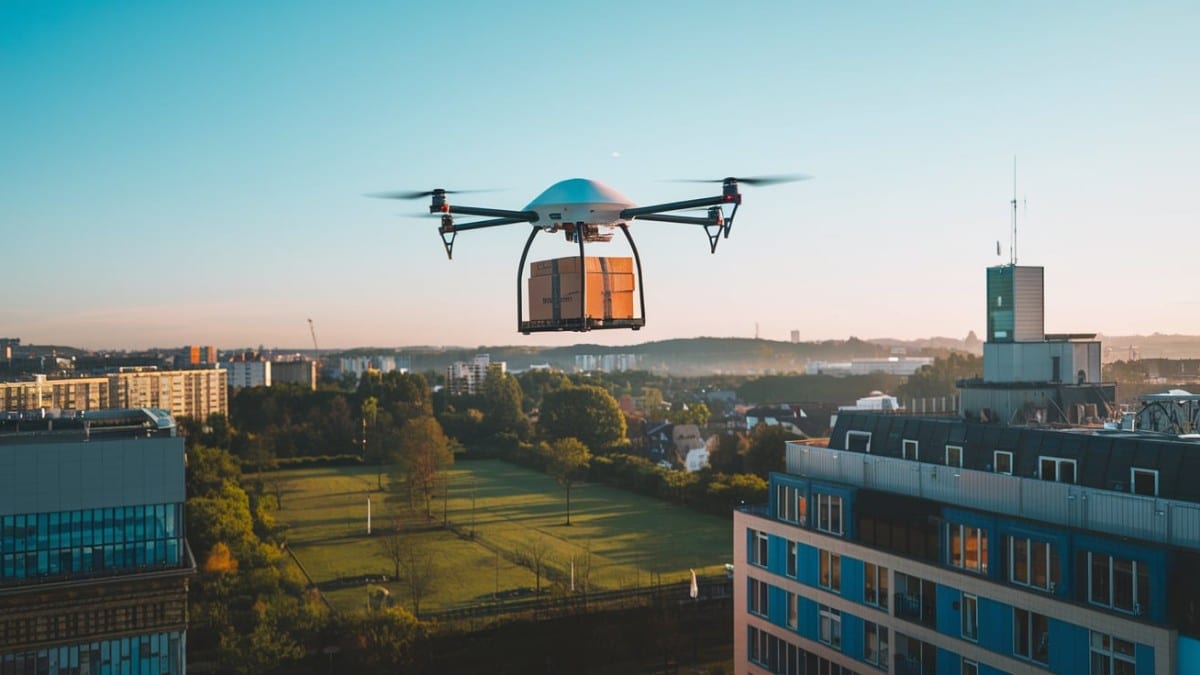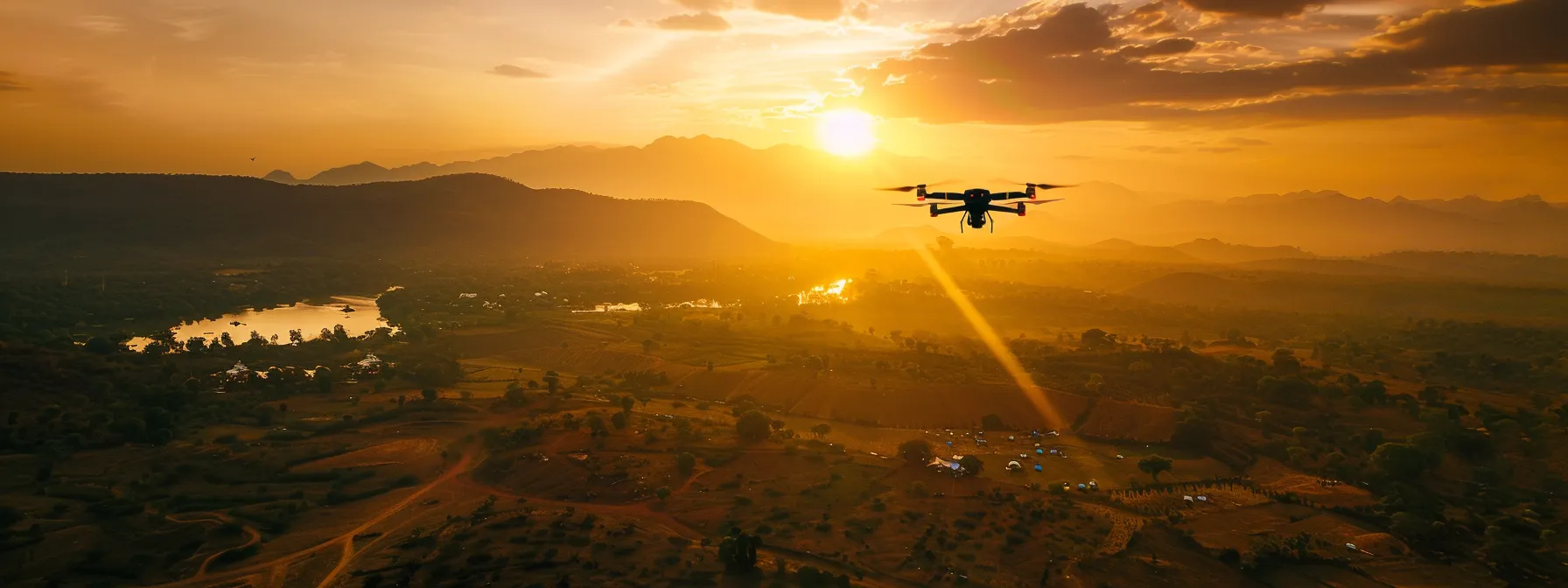XP-4 Drone represents a significant advancement in unmanned aerial vehicle (UAV) technology. This document provides a detailed examination of its specifications, applications, technological underpinnings, operational procedures, imaging capabilities, and safety considerations. We will explore the drone’s potential across various sectors, analyzing its performance characteristics and comparing its features to existing market alternatives. A thorough understanding of the XP-4 Drone’s capabilities and limitations is crucial for its safe and effective deployment.
The following sections detail the XP-4 Drone’s design, functionality, and operational parameters. Emphasis is placed on objective data and practical applications, providing a comprehensive resource for both potential users and industry professionals. This analysis aims to facilitate informed decision-making regarding the integration and utilization of this technology.
XP-4 Drone Specifications and Features

The XP-4 drone represents a significant advancement in unmanned aerial vehicle (UAV) technology, offering a compelling combination of performance, payload capacity, and ease of use. This section details the drone’s specifications and key features, providing a comprehensive overview of its capabilities.
XP-4 Drone Specifications
The following table summarizes the key specifications of the XP-4 drone. These specifications are based on factory testing under optimal conditions and may vary slightly depending on environmental factors and usage.
| Specification | Value | Specification | Value |
|---|---|---|---|
| Dimensions (L x W x H) | 50cm x 50cm x 20cm | Maximum Takeoff Weight (MTOW) | 5kg |
| Weight (Unladen) | 3kg | Battery Life (Typical) | 45 minutes |
| Payload Capacity | 1.5kg | Battery Type | LiPo 4S 15000mAh |
| Maximum Speed | 70 km/h | Maximum Range | 15km (with optimal conditions) |
| Maximum Altitude | 500m (above sea level, regulatory limits apply) | Operating Temperature | 0°C to 40°C |
Key Features of the XP-4 Drone
The XP-4 drone incorporates several advanced features designed to enhance its performance, reliability, and ease of use. These features distinguish it from competing models in the market. Key among these are its advanced obstacle avoidance system, utilizing a combination of LiDAR and ultrasonic sensors for precise navigation in complex environments. This ensures safe operation, minimizing the risk of collisions.
Furthermore, its integrated GPS and RTK positioning system delivers high-precision flight control and data acquisition, making it suitable for applications requiring accurate geospatial information. The drone also features a modular design, allowing for easy maintenance and customization to meet specific mission requirements. Finally, its intuitive user interface and flight control software simplify operation, even for novice users.
Flight Capabilities of the XP-4 Drone
The XP-4 drone exhibits exceptional flight capabilities, surpassing many competitors in its class. Its maximum speed of 70 km/h allows for rapid deployment and efficient data acquisition. The drone’s maximum range of 15km, achievable under ideal conditions, enables coverage of extensive areas. This range is significantly influenced by factors such as wind speed, battery charge, and payload weight.
The maximum operational altitude of 500 meters (above sea level, subject to regulatory limitations) provides ample height for various applications, such as aerial photography and surveying. It is important to note that these values are theoretical maximums and actual performance may vary depending on environmental conditions and operational parameters. For example, strong headwinds could significantly reduce range and speed.
Similarly, increased payload weight will reduce flight time and range.
XP-4 Drone Applications and Use Cases

The XP-4 drone, with its advanced capabilities and robust design, offers a wide range of applications across diverse sectors. Its versatility stems from a combination of high-resolution imaging, precise flight control, and extended flight times, making it a valuable tool for both routine tasks and complex operations. This section details the various applications and use cases for the XP-4 drone.
The multi-faceted nature of the XP-4 drone allows for its deployment in various industrial and public service contexts. Its applications are not limited to a single sector but extend to numerous fields requiring aerial data acquisition and analysis.
The XP-4 drone’s advanced stabilization system allows for high-resolution video capture, crucial for applications requiring detailed visual data. This contrasts with the lower resolution often found in body-worn cameras, such as the sydney wilson body camera , which prioritizes portability and immediate recording capabilities. However, the XP-4 drone’s extended flight time provides a significant advantage for prolonged surveillance compared to the limited battery life of body cameras.
Industrial Applications of the XP-4 Drone
The XP-4 drone’s capabilities translate to significant efficiency gains and cost reductions across various industries. The following points illustrate key applications within specific sectors.
- Agriculture: Precision agriculture techniques benefit significantly from the XP-4’s high-resolution imagery. Crop health monitoring, irrigation optimization, and yield prediction are facilitated through detailed aerial surveys, allowing for targeted interventions and resource allocation.
- Construction: Progress monitoring, site surveying, and safety inspections are enhanced using the XP-4. High-resolution images and 3D models generated from drone flights provide crucial data for project management and risk assessment, ensuring timely completion and minimizing potential hazards.
- Surveillance and Security: The XP-4 drone’s extended flight time and stability allow for effective surveillance of large areas. Its high-resolution camera provides detailed imagery for security purposes, supporting law enforcement, border patrol, and private security operations.
- Infrastructure Inspection: Bridges, power lines, and pipelines can be inspected efficiently and safely using the XP-4. The drone’s ability to access hard-to-reach areas allows for early detection of potential problems, minimizing the risk of catastrophic failures and reducing maintenance costs.
Specific Use Cases for the XP-4 Drone
Beyond broad industrial applications, the XP-4 drone demonstrates utility in targeted scenarios requiring rapid response and detailed information gathering.
- Search and Rescue: In search and rescue operations, the XP-4 can quickly cover large areas, providing aerial reconnaissance to locate missing persons or assess disaster zones. Its thermal imaging capabilities enhance search efficiency in low-light or challenging environmental conditions.
- Emergency Response: Following natural disasters, the XP-4 can assess damage to infrastructure, identify areas requiring immediate attention, and assist in coordinating relief efforts. The ability to quickly provide high-resolution imagery and 3D models is crucial in such situations.
- Environmental Monitoring: The XP-4 can be used for monitoring deforestation, assessing wildlife populations, and surveying environmental damage. Its ability to capture high-resolution images and video allows for detailed analysis of environmental changes over time.
XP-4 Drone in a Practical Application: Infrastructure Inspection
Consider a scenario involving the inspection of a long-span suspension bridge. Using the XP-4 drone, a detailed inspection can be conducted efficiently and safely, mitigating risks associated with traditional methods.
The XP-4 drone’s advanced stabilization system allows for high-quality video capture, even in challenging environments. This is particularly relevant when considering evidentiary footage, such as that potentially recorded by a sydney wilson body camera , which may require similar image stabilization techniques for clarity. The XP-4 drone’s capabilities, therefore, offer a valuable comparison point for assessing the technological advancements in aerial and ground-based video recording systems.
- Pre-flight Planning: The flight path is meticulously planned using specialized software, taking into account the bridge’s dimensions, potential obstacles, and wind conditions. No-fly zones are identified and incorporated into the flight plan.
- Data Acquisition: The XP-4 drone is launched and autonomously navigates the pre-planned route, capturing high-resolution images and video footage of the bridge’s structure, including cables, towers, and the deck. Specialized sensors may be included to assess structural integrity.
- Data Processing and Analysis: The collected data is processed using advanced image analysis software to create detailed 3D models and identify potential defects such as corrosion, cracks, or loose components. Automated detection algorithms can highlight areas of concern for further investigation.
- Report Generation: A comprehensive report is generated, detailing the identified defects, their severity, and recommendations for repairs or maintenance. This report includes photographic and video evidence, supporting the findings and providing a clear picture of the bridge’s condition.
The benefits achieved through this process include reduced inspection time, improved safety for inspectors, early detection of potential problems, and cost savings associated with preventative maintenance.
XP-4 Drone Technology and Components

The XP-4 drone incorporates a sophisticated suite of technologies to achieve its high performance and reliability. Its design integrates advanced flight control algorithms, precision sensors, and robust communication systems, all built upon a durable and lightweight airframe. This section details the key technological components and materials contributing to the XP-4’s capabilities.The core technology of the XP-4 centers around its flight control system.
This system utilizes a high-performance, 32-bit flight controller equipped with a powerful processing unit capable of handling complex flight maneuvers and real-time data processing from various sensors. The flight controller incorporates advanced algorithms for stability control, GPS navigation, obstacle avoidance, and autonomous flight functions. This allows for precise control and stability, even in challenging environmental conditions.
Flight Controller and Sensor Suite
The XP-4’s flight controller integrates a diverse range of sensors to provide comprehensive situational awareness. These include a high-precision GPS module for accurate positioning and navigation, an inertial measurement unit (IMU) consisting of accelerometers and gyroscopes for precise attitude and rate sensing, a barometer for altitude measurement, and a sophisticated vision system incorporating multiple cameras for obstacle detection and avoidance.
The integration of these sensors enables the drone to maintain stable flight, accurately follow pre-programmed flight paths, and avoid obstacles autonomously. The data from these sensors is fused using advanced sensor fusion algorithms to improve accuracy and robustness.
Communication Systems
Reliable communication is crucial for drone operation. The XP-4 utilizes a dual-band radio system operating on both 2.4 GHz and 5.8 GHz frequencies. This dual-band capability ensures robust and reliable communication, even in environments with significant radio frequency interference. The system supports high-bandwidth data transmission for real-time video streaming and control commands. The range and bandwidth capabilities are significantly enhanced compared to older single-band systems.
This improved communication ensures a stable connection even at longer distances, crucial for various applications.
Materials and Construction
The XP-4’s airframe is constructed from a lightweight yet high-strength carbon fiber composite material. This material selection contributes significantly to the drone’s overall performance and durability. Carbon fiber offers a high strength-to-weight ratio, allowing for a lightweight design that reduces energy consumption and extends flight time. Its stiffness contributes to the drone’s stability and resistance to vibrations during flight.
The use of carbon fiber also provides enhanced protection against impacts and external stresses. The motors are typically brushless DC motors, known for their efficiency and longevity.
Technological Comparison
Compared to other commercially available drones in a similar class, the XP-4 exhibits several key advantages. Its advanced flight controller and sensor suite provide superior stability, precision, and autonomous capabilities. The dual-band communication system ensures reliable connectivity over greater distances and in more challenging RF environments. The use of high-strength carbon fiber contributes to enhanced durability and a longer operational lifespan compared to drones constructed with less robust materials.
While some competing drones may offer similar features individually, the integrated combination of these advanced technologies in the XP-4 sets it apart. For example, while some competitors might offer a high-resolution camera, the XP-4’s superior flight control system and obstacle avoidance algorithms allow for more stable and reliable image capture in various conditions.
Array
Safe and responsible operation of the XP-4 drone is paramount, encompassing both the mitigation of potential hazards and strict adherence to relevant regulations. Failure to do so can lead to accidents, property damage, legal repercussions, and harm to individuals. This section details potential hazards, applicable regulations, and best practices for safe drone operation.
Potential Safety Hazards and Precautions
Operating the XP-4 drone presents several inherent risks. These include collisions with obstacles (buildings, trees, power lines), loss of control due to signal interference or malfunctioning components, unforeseen weather conditions (high winds, rain, snow), and battery failure leading to uncontrolled descent. Furthermore, the drone’s propellers pose a risk of physical injury to individuals in close proximity. To mitigate these hazards, operators must meticulously plan flights, carefully assess environmental conditions before takeoff, maintain a safe distance from obstacles and people, and regularly inspect the drone’s components for damage or wear.
The use of appropriate safety features, such as emergency stop mechanisms and geofencing capabilities, is crucial. Operators should also be aware of the drone’s limitations and avoid pushing its operational boundaries.
Relevant Regulations and Legal Requirements
Drone operation is subject to a complex web of local, national, and international regulations. These regulations vary significantly depending on location, intended use, and drone specifications. In many jurisdictions, registration of the drone and the operator is mandatory. Specific rules regarding flight altitude, operational airspace, and required pilot certifications may apply. Furthermore, restrictions may exist near airports, sensitive infrastructure (power plants, military bases), and populated areas.
Operators must familiarize themselves with the relevant regulations in their area of operation before each flight, ensuring compliance with all applicable laws and guidelines. Ignoring these regulations can result in significant fines or legal penalties. For example, flying within restricted airspace without authorization can lead to severe consequences.
Best Practices for Safe and Responsible Drone Operation
Safe and responsible drone operation requires a proactive approach encompassing pre-flight planning, careful execution, and post-flight review.
The importance of pre-flight checks cannot be overstated. This includes verifying the drone’s battery level, checking the functionality of all components, and conducting a thorough visual inspection of the surrounding environment to identify potential hazards.
- Always maintain visual line of sight with the drone.
- Avoid flying in adverse weather conditions.
- Never fly near airports or other restricted airspace.
- Respect the privacy of others and avoid flying over private property without permission.
- Regularly update the drone’s firmware and software to ensure optimal performance and safety.
- Carry out thorough post-flight inspections of the drone and its components.
Adherence to these best practices contributes significantly to safe and responsible drone operation, minimizing risks and ensuring compliance with legal requirements. Regular training and ongoing education are recommended to stay abreast of evolving safety standards and regulations.
In conclusion, the XP-4 Drone presents a compelling combination of advanced technology, versatile applications, and robust operational features. Its capabilities extend across diverse sectors, offering significant potential for increased efficiency and enhanced operational outcomes. However, responsible operation, adherence to safety protocols, and compliance with relevant regulations are paramount to maximizing its benefits and mitigating potential risks. Further research and development in this area will likely lead to even more sophisticated and versatile UAV systems in the future.
Questions Often Asked
What is the maximum flight time of the XP-4 Drone?
The maximum flight time varies depending on payload, wind conditions, and battery condition. Consult the specifications sheet for estimated flight times under ideal conditions.
What type of camera does the XP-4 Drone utilize?
This information will be detailed in the specifications section; however, the type of camera and its features will be discussed in the image and video capabilities section.
What are the warranty terms for the XP-4 Drone?
Warranty information is available through the manufacturer’s website or documentation accompanying the drone.
How do I register my XP-4 Drone?
Registration requirements vary by region. Consult local aviation authorities for specific registration procedures.